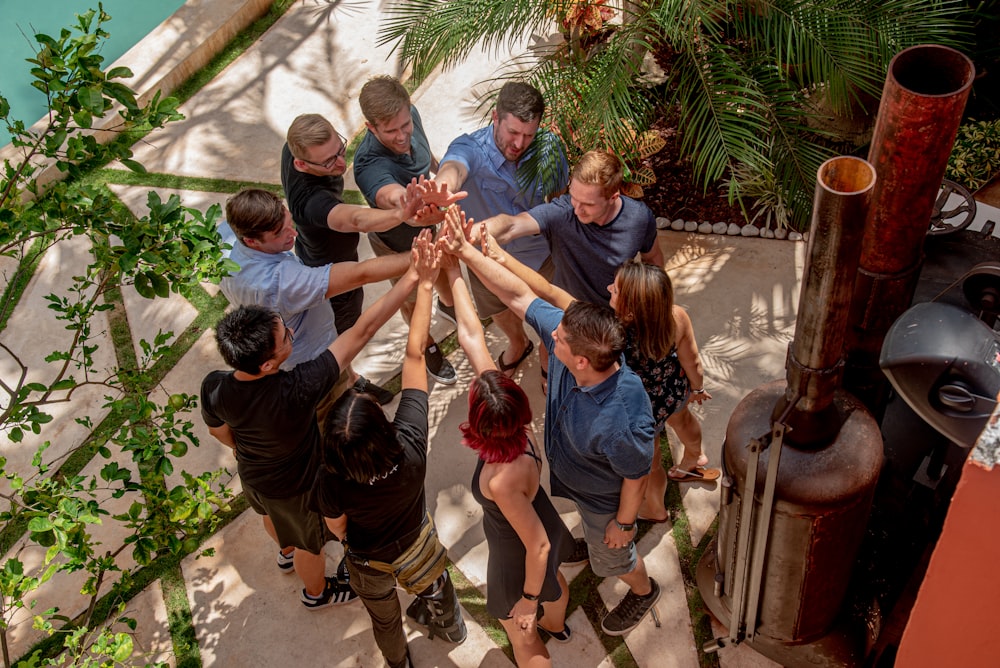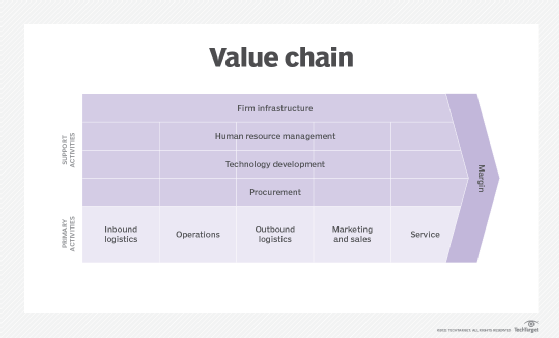Scaling a (remote) company's headcount rapidly without losing start-up benefits
Everyone who has worked for both a start-up and a larger corporation should have experienced the difference between these two types of businesses.
When working at a start-up, you can’t help but notice the passion, accountability, creative minds, sense of urgency, and speed of execution. When a start-up evolves into a larger corporation, they become slower and people often become too comfortable.
The trigger for this article is a blog post published by the insurance tech company Lemonade a while ago. The post explains how they were able to scale their headcount quickly using “The Company Model” while keeping all of the benefits of a start-up in place.
Lemonade’s headcount for example increased from 10 to more or less 1000 while expanding the size of its product offering from two to five.
Since Lemonade was founded in mid-2015, this growth is quite impressive. Building an autonomous organization is one of its pillars since its inception. The company is trying to automate everything it can so its employees can focus on more creative and challenging work.
In this article, I will first summarize what “The Company Model” is. Next, I will highlight what I think the secret ingredients are for scaling headcount rapidly. Finally, I will also cover if and how this model can work in a remote environment.
The Company Model
“The Company Model” as presented by Lemonade can be seen as an extension of The Spotify Model.
In both models, the organizational concepts of Squads and Tribes are used. The Company model extends this with the “Company” concept where each product is also governed by a “Company”.
Another difference is that “The Spotify Model” is limited to engineering and product teams, whereas “The Company Model“ is used beyond that. Lemonade for example also applies the model to Growth teams.
“The Company Model” does not exist solely out of Companies, Tribes, and Squads. There is also room for shared departments like “Finance, Infrastructure, Communication”. More about that later when I talk about the secret ingredients.
Squad
A Squad can be compared to a Scrum team. It is self-organizing and has a multi-disciplinary team that should feel like a mini-startup. With all the knowledge present in the Squad, it should be possible to deliver products or services from design to the final product. Every Squad has a long-term mission or objective.
Tribe
A Tribe is a group of Squads that are working on the same related products or services. A Tribe can also be seen as an incubator for new Squads. A new Squad can be introduced, when work for a new product or product feature is initiated. It’s like adding a Lego block to your Tribe.
Company
Since Lemonade has multiple products, they have added the concept of a Company. Each company focuses on a product. When they want to start developing a new product, a new autonomous Company is created. It’s again like adding a new Lego block to your organization. A Company consists of Tribes and Tribes consist of Squads.
The Secret Ingredients
Focus on (Cascading) Goals
There is a big focus on goals at every level of the organization.
The organization has a goal but this is also the case as we move downstream to the company, the tribe, the squad, and the individual contributor.
All these goals or objectives are aligned with one another. This makes it also very clear how every piece of the puzzle fits into the strategy of the company. At every level, the strategy is broken down further and further until there are clear tasks and deliverables that can be easily tracked and communicated. With this in place, every team member knows exactly how personal efforts impact the organization.
Conway’s Law
Conway’s law is empirically proven and states that:
Any organization that designs a system will produce a design whose structure is a copy of the organization's communication structure.
Within “The Company Model” communication is maximized inside Squads. As we move upstream in the organization, inter-communication between teams and teams of teams decreases. I think that this is a great way of balancing communication inside an organization.
Related Squads of the same Tribe need some communication because they are working on the same product and sometimes related features. On the other hand, no communication is needed between different Squads that belong to other Companies.
Different Companies also need to synchronize in some way in order to make sure the products don’t diverge too much and to enable cross-selling.
Supporting and Primary Teams
There is a clear distinction between supporting teams and primary teams. This is very related to the supporting and primary activities from the famous Porter’s value chain.
Primary activities contribute to a product or service's physical creation, sale, maintenance, and support. Supporting activities support the primary activities.
Everything that contributes directly to customer value is part of a Company. Everything that is supporting or indirectly contributing, is part of a shared department.
Value Teams
If we look back at the value chain presented just before, then we can see the different primary activities presented as silos. This makes me think of how traditional companies used to operate. In that case, there are different departments for sales, services, and engineering. Engineering is also divided based on the components they are working on.
In “The Company model”, there are no silos. Companies, Tribes, and Squads are all horizontal and accountable for achieving goals across the value chain.
Remote First
Unlike Elon Musk, I’m a major fan of remote work. It saves me an enormous amount of commuting time and it allows for a better balance between my private life and my career. I’m also very enthusiastic about traveling. With a limited number of holidays, I have to really think and plan everything very well. When I’m on a vacation, I don’t have time for slow travel. There is just too much to see or do and time is oh so limited.
The result is that I’m mentally rested when I return home but physically, I’m often exhausted. The idea to be able to work from wherever and whenever and that my work is evaluated based on results instead of exchanging time for money at an office desk, sounds like a dream come true.
But is all of this possible with “The Company Model” and is this also beneficial to the organization? Can this model be applied to fully-distributed teams across different time zones?
Agile Manifesto
“The Company Model” is a scaled version of Agile. Tribes from “The Company Model” (and “The Spotify Model”) are located near each other, often on the same floor of a building. That’s a huge difference from a setting where everyone works remotely from different parts of the world.
When inspecting The Agile Manifesto, it mentions motivated individuals, self-organizing teams, close collaboration, and a need for regular face-to-face conversations.
Nowadays, we have an abundance of modern tools like virtual meeting rooms, asynchronous communication tools, and digital whiteboards at our disposal. That is why I believe that the Agile principles can also be implemented in a fully remote company.
Culture
It is important however that the model matches the culture of the company and that such a culture is built early on. It’s a prerequisite that the company is adequately transparent, has good communication, and is based on trust.
Also more and more start-up companies are going fully remote. From a company perspective, there are also some important benefits. Remote working is a money saver because no offices should be rented or bought. Remote businesses can also recruit talent from all over the globe.
What I also see happening with remote-first companies is that group retreats are organized (often to some idyllic place) to boost team spirit. This is a fun way for employees to get to know other employees better on a personal level and to create great memories together.
Conclusion
Scaling a company’s headcount rapidly is possible using “The Company Model“ presented by Lemonade. It is an extension of “The Spotify Model”. “The Company Model“ consists of different “Companies”. For each new product, a separate company is introduced. Companies consist of horizontal “Tribes” and “Squads”. These organizational concepts have cascading goals.
Looking at Conway’s Law, “The Company Model” has a communication structure that is optimized for delivering customer value. Companies, Tribes, and Squads deliver value across the value chain. The model also contains horizontal supportive teams, making it easier to incubate new Companies, Tribes, and Squads.
Finally, I’m convinced that this model can also work for a fully remote team using modern tools as long as the right company culture is present.
I am very eager to hear YOUR thoughts:
How do you feel as an employee or employer about remote work? What works and what doesn’t?
How are teams organized where you work? Do you recognize the secret ingredients presented in my article?
What are the main challenges at your (growing) organization?
Which tools do you use to support remote work or growing teams and what are the benefits?




